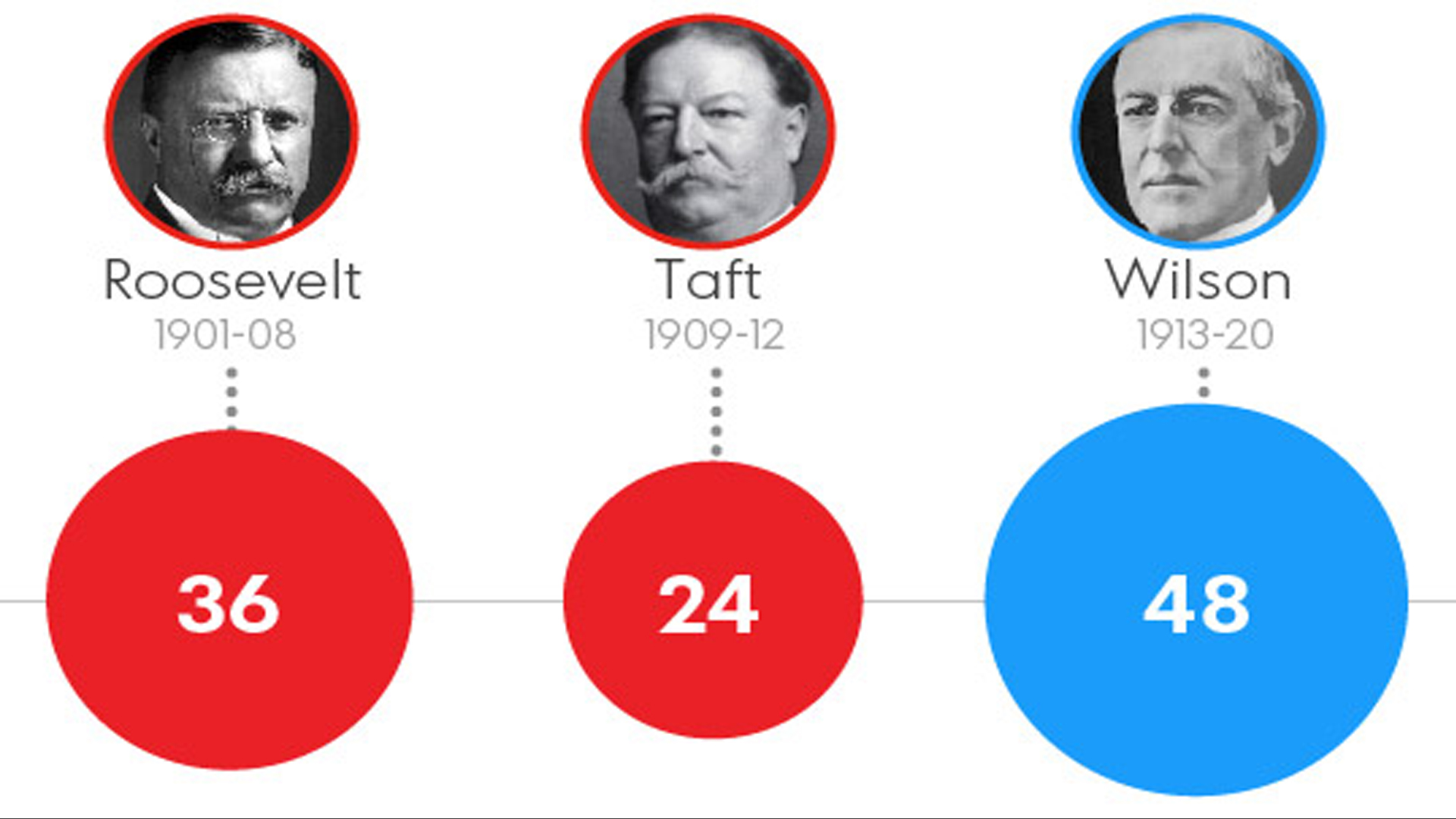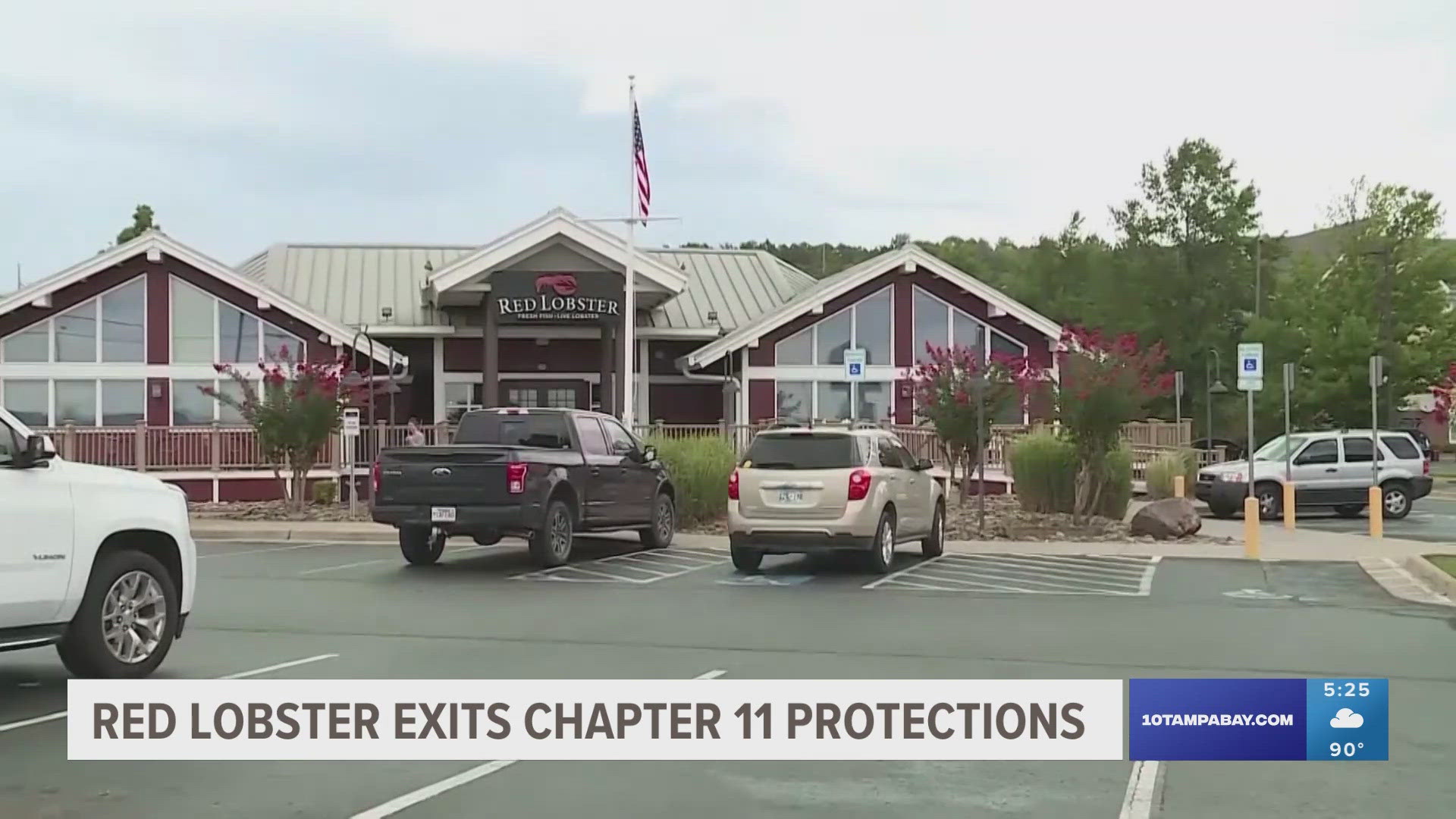History could portend a bad omen for President-elect Donald Trump: recessions are more common under Republican presidents.
Every Republican president since Teddy Roosevelt in the early 1900's endured a recession in their first term, according to an analysis from Sam Stovall, chief investment strategist at stock research firm CFRA. Four Republican presidents suffered through two recessions while in office and Republican President Dwight Eisenhower presided over three. Meanwhile, Democrats have largely skated past the recession quicksand. Four in five Democratic presidents saw no recessions during their terms since 1945, Stovall says.
While history isn't gospel, the track record makes the odds that a recession might appear during President Trump's term all the more likely, Stovall says. "From a probability perspective, a recession is very likely in President Trump’s first term in office," he says.
Interestingly, recessions aren't the only indicator of economic slowdown that appear during times of Republican presidents.
Real GDP growth, a measure of economic activity in the U.S., averaged 3.33% during the 64 years and 16 presidential terms going back to President Truman in the mid-1940s, according to a 2013 research paper by professors of economics Alan Blinder and Mark Watson at Princeton University. With a Republican in the White House, though, the economy's growth slowed to 2.54%, the economists found. With a Democrat in office, growth jumped to 4.35% on average. A variety of other economic indicators, such as per capital GDP, stock market returns, real wages and the change in the unemployment rate, are also more robust with a Democratic president, the economists found. Unemployment fell by 0.8 percentage points with a Democratic president on average, while it rose 1.1% with a Republican.
"The U.S. economy has performed better when the President of the United States is a Democrat rather than a Republican, almost regardless of how one measures performance," according to the report titled "Presidents and the Economy: A Forensic Investigation."
Academics and market historians are trying to figure out why the economy tends to stall out with a Republican president. Such research that is all the more timely given Trump's largely unexpected win for the high office this month. Research offers a few suggestions, including:
* Random "good luck." Democrats have had the fortune of being in office when favorable random shocks go their way during their terms, Blinder and Watson found. Big drops in oil prices, positive boosts in productivity and also optimistic consumer outlooks tend to occur during Democratic administrations, they said. None of these factors are tied directly to the actions of the president, the professors found, These three factors explain upwards of 62% of the better economic performance.
* Lag times for policies to kick in. Evidence pointing to better economic growth under Democrats is an illusion created by the timing of when presidents enter office, says Timothy Kane at the Hoover Institution think tank at Stanford University. Factoring in the one-year lag between the time a new president is elected and when the policy effects kick in, "there is no statistically significant advantage for either party in the White House," Kane says. Presidents inherit problems that were created by policy decisions before they were elected, Kane says. Presidents Reagan, Bush and Obama faced recessions after they were inaugurated in 1981, 2001 and 2009, respectively he says.
* The business cycle. The economy follows a natural progression of expansion, peaking and contraction which is more powerful than the president, Stovall says. "I think the business cycle trumps the presidential cycle, and Fed policy is most important of all," he says. Currently, leading indicators like housing starts, consumer confidence and the Conference Board's Leading Economic Index don't signal a looming recession.
But the cycle inevitably turns, it's just unknown when. Trump faces a ticking clock in terms of the ongoing economic recovery's life, Stovall says. The economic expansion period the U.S. is in now is 89 months old making it the fourth longest expansion of the 21 since 1902 and twice the length of the median expansion, Stovall says.
Understanding why the economy does what it does with different ideologies in the White House remains a mystery, Kane says."The question of presidential economic performance gets increasingly complicated the more we study it," he says.
PRESIDENTIAL RECESSIONS SINCE 1901: Recessions began after 14 presidential inaugurations since 1901. Number of months each recession lasted:



